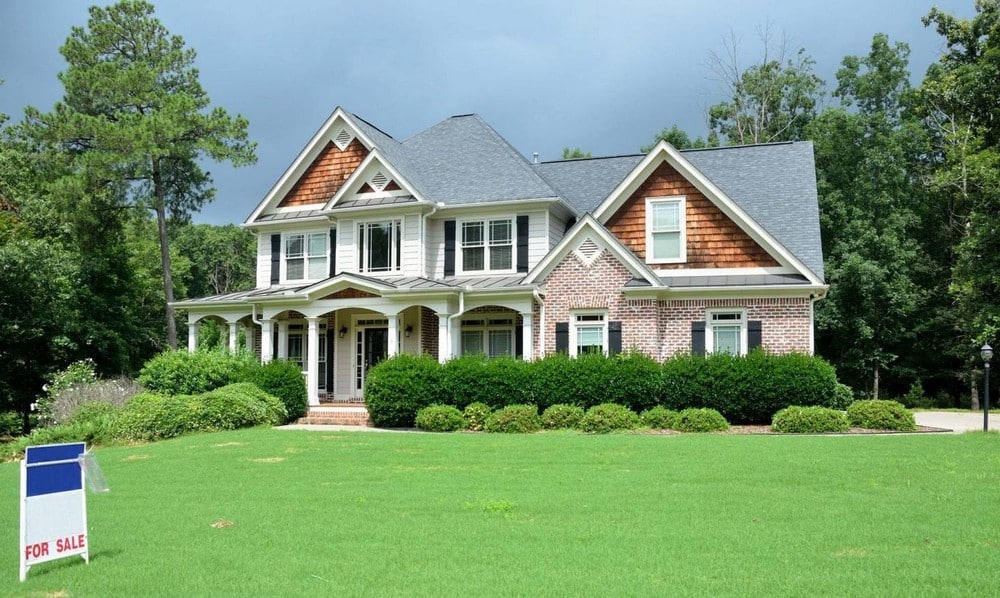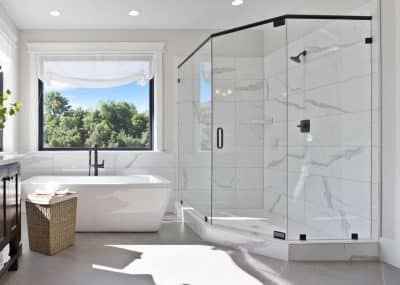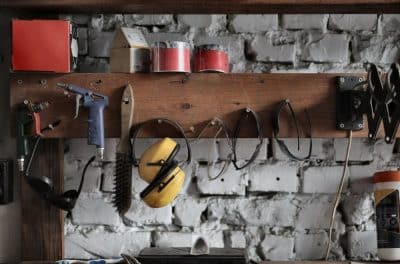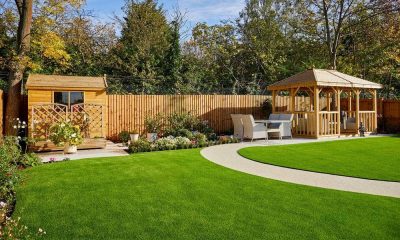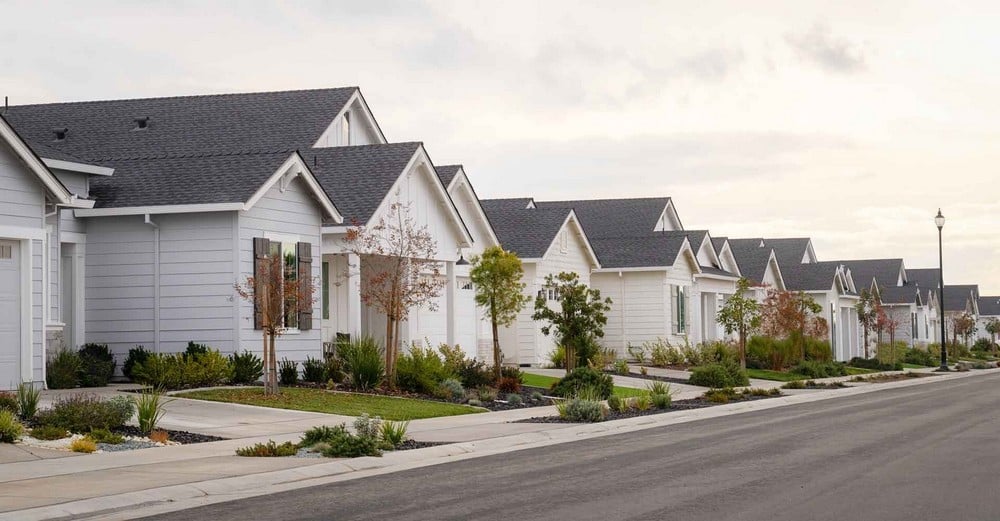
Selling a house is all about maximizing appeal while keeping your costs low. Many homeowners dive into elaborate upgrades, hoping these changes will attract buyers and boost the sale price. However, not all design changes add value; some may even turn potential buyers away. When preparing to sell, it’s essential to know which upgrades are worth the investment—and which aren’t.
When it comes to selling quickly, minor adjustments often make more impact than major overhauls. In fact, leaving your home in a simple, “as-is” state might be more appealing. Sometimes, working with a trusted house buyer in Kansas City who buys houses in any condition can be a great option. This approach lets you sidestep costly renovations entirely, letting the buyer handle any desired updates. But if you’re still considering some tweaks, here are a few upgrades to avoid.
1. Overly Customized Rooms
One of the biggest design traps sellers fall into is creating highly customized rooms that reflect niche tastes. This might include converting a garage into a home gym or adding bold wallpaper in every room. While these changes might make the home feel more personalized, they also limit the buyer’s ability to imagine themselves living there. Buyers are generally looking for flexibility, and spaces that are too tailored to one style or function can feel limiting.
Instead, aim for neutral spaces. Revert any unusual room conversions if possible, such as turning an office back into a bedroom. Flexibility is key, allowing buyers to picture how they would use the space.
2. High-End Kitchen Appliances
Kitchens are often seen as the heart of the home, and many sellers assume that luxury appliances will make their property more attractive. While a functional kitchen is essential, overly luxurious appliances rarely provide a return on investment. A state-of-the-art fridge or professional-grade oven might sound impressive, but many buyers won’t be willing to pay extra for these features, especially if they’re not huge cooking enthusiasts.
If your current appliances work well, leave them as-is. Focus instead on small updates that improve the kitchen’s visual appeal, like fresh cabinet paint or new lighting fixtures. These affordable changes make the space look welcoming without the expense of luxury upgrades.
3. Elaborate Landscaping
While curb appeal is important, going overboard with landscaping can be a costly mistake. Complex water features, exotic plants, or intricate gardens may require high maintenance, and not every buyer wants that responsibility. Plus, the additional cost of installing these features is rarely recouped in the sale price. Buyers often prefer a simple, easy-to-maintain yard where they can envision their own landscaping ideas.
Instead, opt for simple, clean landscaping. Mow the lawn, trim the bushes, and add a few low-maintenance plants. A neat yard offers a welcoming first impression without making buyers feel overwhelmed by upkeep.
4. Luxurious Bathroom Renovations
It’s common for sellers to believe that upscale bathroom renovations will attract more buyers, but luxury features like soaking tubs, rainfall showers, and expensive tile work can be a gamble. While they may make the space look stunning, they also drive up your pre-sale expenses without necessarily boosting the home’s resale value. Many buyers would rather invest in features they can personalize instead of paying a premium for someone else’s vision.
Consider refreshing the bathroom with smaller updates like a new coat of paint, updated hardware, or a modern mirror. These minor changes create a fresh look without the hefty cost of a full remodel.
5. Room Additions
Adding a room might seem like a sure way to increase square footage and appeal to buyers, but it’s rarely worth the investment. Room additions are among the most expensive upgrades, and they don’t always result in a higher selling price. In some cases, the added space can even complicate the layout or feel out of place with the home’s original design, turning buyers off rather than drawing them in.
Before committing to an addition, speak with a real estate expert or consider your local market’s demand for square footage. Often, buyers in areas with ample space aren’t as concerned with extra rooms and would rather personalize existing spaces.
6. Bright, Bold Paint Colors
Bold paint colors can be striking, but they can also limit buyer appeal. Buyers are more likely to feel at home in spaces with neutral, soft tones that allow them to imagine their own furniture and decor fitting in seamlessly. Bright reds, deep purples, or vibrant blues might not be everyone’s taste, potentially alienating buyers who are turned off by the prospect of repainting.
Before listing, repaint any bold-colored walls with neutral tones. Whites, light grays, and beige shades work wonders in creating a fresh and versatile space, appealing to the widest range of buyers.
7. Home Office Overhauls
With remote work becoming more popular, creating a home office may seem like a smart upgrade. However, building a full office with built-ins, custom shelving, or permanent desks can limit the room’s versatility. Not every buyer needs a dedicated office, and converting a bedroom or den into a rigid office space could turn away buyers who have different needs, such as a growing family.
Instead, present the room as a flexible space. Opt for minimal, movable furniture to suggest the room’s potential as an office without making it overly specific. This way, buyers can easily envision it as an office, nursery, or guest bedroom, depending on their lifestyle.
8. Wall-to-Wall Carpeting
While fresh flooring can boost your home’s appeal, opting for wall-to-wall carpeting is not the best choice. Buyers today often prefer hardwood or luxury vinyl flooring for its durability and ease of maintenance. Carpet can also be a turn-off due to concerns about allergens, dirt buildup, or simply personal preference. If the carpets are brightly colored or heavily patterned, this can further limit the home’s appeal, as buyers may be deterred by the idea of replacing it.
If your home has carpet that’s showing its age, consider upgrading to neutral flooring that appeals to more buyers. Hardwood, laminate, or even budget-friendly vinyl planks provide a modern, clean look without alienating buyers who may not want the upkeep of the carpet.
Final Thoughts
In the end, the goal is to make your home feel as welcoming and adaptable as possible. Skipping expensive and overly personalized upgrades can save you time and money while preserving the appeal of your home to a broad audience. If you’re considering selling and are unsure about which improvements are necessary, focus on simple updates or consult a professional for advice. Or, for a no-fuss sale, consider connecting with a reputable house buyer who can purchase your home as-is, sparing you from any upgrades altogether.
When selling your house, remember that sometimes less is more. Simple, clean, and neutral are key qualities that let buyers imagine their future in your space. Avoid these common design pitfalls, and you’ll be on the right path to a smoother, more successful sale!
